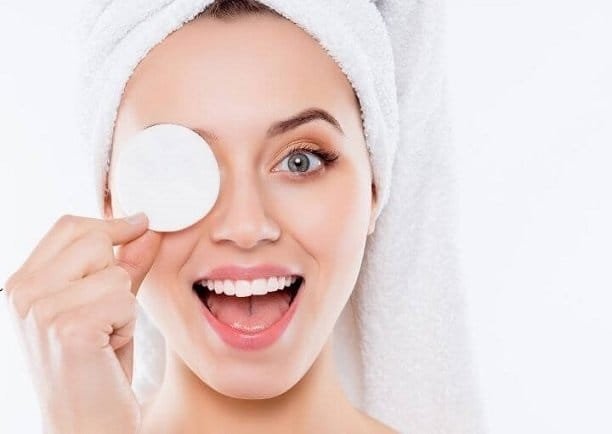Reusable makeup remover pads are washable rounds or squares that you use again and again to lift makeup, SPF, and daily grime without tossing anythi
Reusable makeup remover pads are washable rounds or squares that you use again and again to lift makeup, SPF, and daily grime without tossing anything in the bin. In this guide, you will learn exactly how to make your own reusable makeup remover pads using two methods. You will get a neatly sewn, double-sided version for a polished finish and a fast no-sew version that you can cut from an old tee. You will also learn what fabric suits your skin, what size works best, and how to wash the pads so they last for years. If you want a bathroom upgrade that feels good on your skin and your budget, this how-to is your new go-to.
Why switch to reusable pads?
Single-use wipes and cotton rounds feel convenient, but they build a daily habit of throwing money and material away. When you learn how to make your own reusable makeup remover pads, a small stack replaces many months of disposables. It also gives you control over texture and softness, which means better comfort on delicate areas like the eye contour. Long-term, reusable pads support zero-waste beauty habits, simplify your nightly routine, and look tidy when stored in a small jar on the counter. Once you try them, the old pack of wipes starts to gather dust.
What you need (with time & cost estimates)
Plan for about 20 minutes for your first batch once your materials are ready. Thereafter, batch cutting gets even faster. You probably have most of the tools at home already.
Fabric choices and what they’re best for
You can make pads from many textiles. The right choice depends on feel, absorbency, and how you plan to use them with micellar water or oil cleansing. Here is a quick side-by-side to help you decide.
| Fabric | Feel | Best for | Pros | Considerations |
|---|---|---|---|---|
| Cotton flannel | Very soft and plush after washing | Daily cleansing, toner | Easy to sew, affordable, widely available | Can lint at first wash if not prewashed |
| Bamboo (velour or terry) | Silky soft, gentle glide | Sensitive skin, eye area | Softness with good absorbency | May dry slower than cotton |
| Terry cloth (cotton) | Soft with light texture | SPF and long-wear makeup | Gentle lift for stubborn residue | Slight texture is not ideal for very reactive skin |
| Microfiber cloths | Ultra-fine, high-grab | Removing makeup with water only | Effective even with water, minimal product | Needs mindful washing and no fabric softener |
| Jersey knit (upcycled T-shirt) | Soft, flexible, resistant to fray | No-sew pads and quick cuts | Free or low cost, no fraying edges | Slight stretch can warp if cut too thin |
Caption: This table helps you match fabric feel and care to your skin’s needs, so you choose the right textile for your pads the first time.
LSI notes woven into this section: reusable cotton rounds, bamboo flannel, terry cloth, microfiber cloths, jersey knit, and sustainable skincare.
Tools
Fabric scissors or a rotary cutter
Circle or square template in the 3- to 4-inch range
Sewing machine or serger for the sewn version, or no machine for the no-sew version
Pins or clips
Chalk or washable marker
Iron for pressing
Mesh laundry bag for washing and storage
Sizing & template
A 3.5-inch circle fits perfectly in the hand. A 4-inch square gives you a larger surface for toner nights. If you wear heavier makeup, the larger size helps you wipe less and dab more. Trace a cup rim or jar lid as your template, or cut a thin cardboard circle and reuse it for every batch. Consistent sizing makes the stack look neat and helps the edges line up when you sew.
Pre-wash tip
Wash and dry flannel and terry before cutting to settle shrinkage and release loose lint. A quick press after drying gives you flat fabric that is easy to trace and cut. Prewashing also softens flannel, which makes your first use feel cushy rather than stiff.

